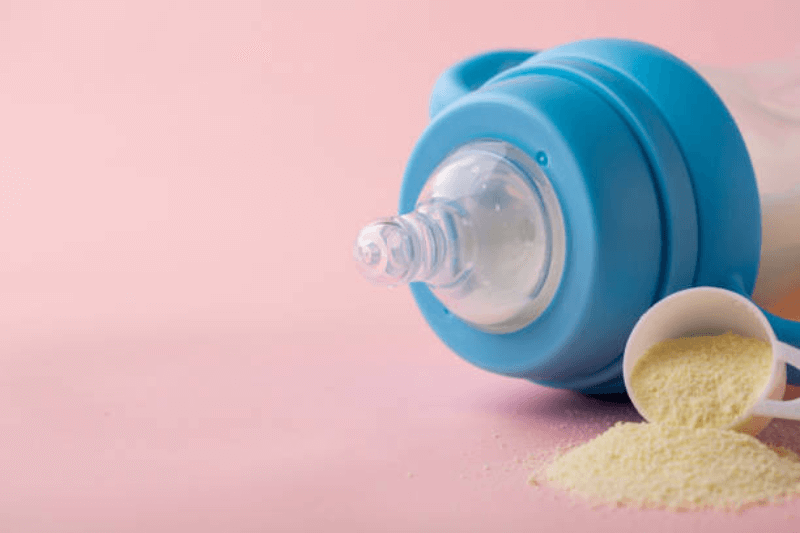
Here’s how often you should change your bed linen
Do experts recommend a certain schedule, so we can all sleep a little more sound knowing we have done our best to remove those microscopic nasties from our bed sheets, pillowcases and duvet covers? But first, how bad could a bed’s germ situation be?
Study Highlights Some Very Dirty Data, Demanding Immediate Attention
In a study by sleep science coach McKenzie Hyde for Amerisleep, a US mattress and bedding company, bacteria samples were collected from bed sheets over a month without washing them. The results were nothing less than shocking, highlighting some very dirty data.
Pillowcases unwashed for a week had 3 million microbial colony forming units (CFU) per square inch, indicating a germ situation equivalent to about 17,000 times more bacteria than a toilet seat. After two weeks, the situation could be compared to 332 times more bacteria than a tap.
While pillowcases unwashed for three weeks had germs equivalent to about 400 times more bacteria than a kitchen sink, the situation worsened to almost 40 times more bacteria than a pet’s bowl following four weeks. The situation with bed sheets was worse.
Keep Reading
What Could Be The Ideal Changing Schedule?
Even if a person sleeps in air conditioning and doesn’t perspire much, the human body has millions of sweat glands that open onto the skin’s surface. These microscopic structures run around the clock. Try as you might, the sweat will eventually end up on your bed linen.
While showering before bed could theoretically help, you must not go to bed with wet hair as doing so allows moisture to seep directly into your pillow, preparing the perfect environment for the unwanted microbes. So what could be the ideal changing schedule?
The frequency is really up to you. If your current frequency of bed linen change hasn’t introduced you to any skin problems yet, there is no reason to change it. But if your surrounding often stays warm and humid, it’s better to change the sheets more frequently.




